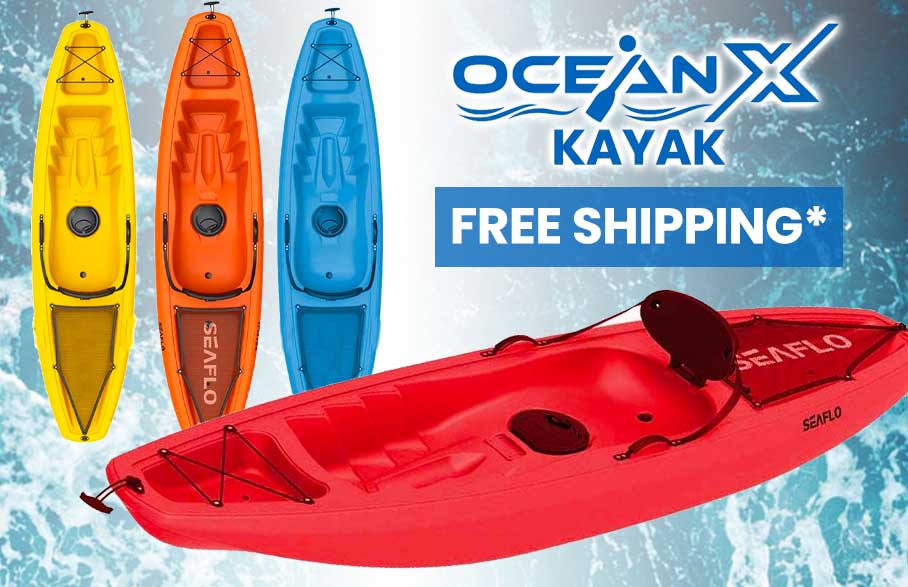Welcome to
On Feet Nation
Members
Blog Posts
Top Content
A Primer on Stillwater Fly Fishing Equipment And Tactics
During your fishing trip, it is always best to have a good understanding of the fly fishing equipment and tactics that are successful on the waters you will be visiting. In BC, and certainly in the lakes around Caverhill, almost all fishing is done from boats or from some form of fishing craft. In most instances, lake bottoms are too soft for wading and often the best fishing areas cannot be reached from shore. A ten to twelve-foot-long wooden, aluminum, or fiberglass boat setup with oars is ideal for these small still waters. Another essential item is anchors, preferably two, that can be deployed off the bow and stern of the boat so that it stays in one position despite changing wind directions. This is really important when there are two anglers in the boat trying to control casts and retrieves.
The ideal fly rod for BC Stillwater fishing is between nine and ten feet in length and matched to a 5 or 6-weight fly line. Longer rods allow better control of the cast as much of the fishing is done from the sitting position in a boat. As well, it makes it easier to cast the longer leaders often used with floating lines.
The majority of our Stillwater fly fishing is done in shallow water, generally from 5 to 25 feet in depth. The 25-foot depth marks about the maximum extent of sunlight energy penetration which is critical to the overall productivity of a waterbody. Aquatic plant life is dependent on photosynthesis so will only grow where the light's energy can penetrate to the lake bottom. Aquatic plant life provides the habitat for the many invertebrate food sources including aquatic insects that trout feed on.
Several different fly lines are required to effectively cover the various depth zones of water that the trout may be feeding in, as well as to imitate the movement of particular food sources. A floating line is needed to present the adult imitations of midges or chironomids, mayflies, caddis flies, and damselflies as they sit or get trapped on the surface of the lake. A floating line used in combination with varying leader lengths and with or without strike indicators can be extremely effective in presenting a variety of sub-surface imitations such as scuds, bloodworms, chironomid pupae, mayfly nymphs, caddis pupae, and damselfly nymphs. Weighted flies or adding weight to the leader will help get the fly down to the lake bottom. In most instances, "Nymphing" or using a floating line and sinking leaders means trying to present patterns as close to the lake bottom as possible
A slow sinking fly line is very effective in fishing leeches, mayfly nymphs, caddis pupae, damselfly nymphs, and water boatman and dragonfly nymphs. Slow sinking lines sink at a rate of 1.5 to 2 inches/second. This slow sinking nature allows flies to be retrieved on a very gradual angle off the lake bottom towards the surface of the lake which imitates well the natural movement of the insects or other food sources. Leaders should be between 9 and 12 feet in length when using this line.
A fast sinking fly line (Type III or IV) is also an important part of your tackle bag when fishing still waters. These lines sink at between 3 and 5 inches/second and are an excellent choice when fishing water boatman or backswimmers, fishing the edges of drop-offs, or for trolling leeches, dragonfly nymphs, and other searching style fly patterns. Leaders should be between 9 and 12 feet in length.
For More Info:-
© 2024 Created by PH the vintage.
Powered by
![]()

You need to be a member of On Feet Nation to add comments!
Join On Feet Nation